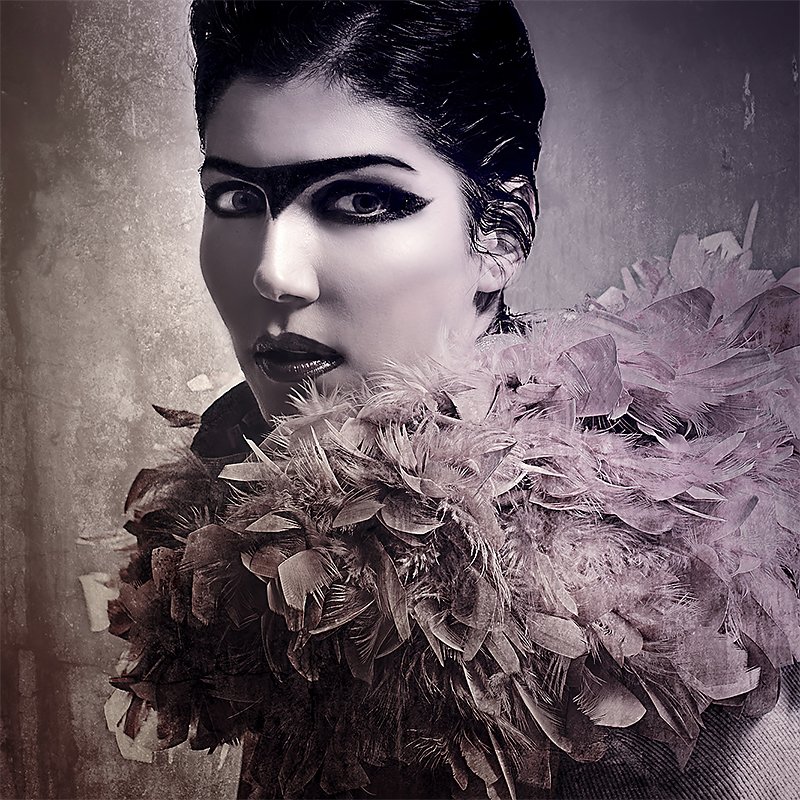Elena Paraskeva is an international Conceptual Photographer and Art Director. Having lived and worked in the U.S for a decade, she now resides in Cyprus, but often travels for assignments.
Elena loves to create surrealistic conceptual work bathed in color and is often inspired by everyday life and popular culture.
Achievements:
LensCulture Portrait Awards 2019 - Jurors' Pick,
Digital Camera Photographer Of The Year 2018,
Neutral Density Awards 2018 - Gold Medal in Advertising,
Trierenberg Supercircuit 2018 - Gold Medal in Series,
Trierenberg Supercircuit 2017 - Gold Medal in Portraiture,
Prix De La Photographie, Paris 2018- Silver in Portraiture,
Prix De La Photographie, Paris 2017 - Silver in Advertising/Fashion,
Prix De La Photographie, Paris 2017- Silver and Bronze in Children Portraiture,
Monovisions Photography Awards 2018 - Bronze in Conceptual,
American Photography Open 2018 - Shortlisted,
International Photography Awards (IPA) 2018 - Honorable Mention,
One Eyeland Awards 2017 - Silver in Advertising/Conceptual,
Moscow International Photography Awards (MIFA 2017) - Bronze in Portraiture,
Chromatic Awards 2017 - Bronze in Fashion/Beauty,
Neutral Density Awards 2017 -Bronze in People Category,
International Photographer Of The Year (IPOTY 2017) - 3 Honorable Mentions in Portraiture,
London International Creative Competition 2017 - Honorable Mention,
International Photography Awards (IPA) 2017 - 3 Honorable Mentions,
WPPI - Second Place Individual Portrait Division 2017, First Place Individual Portrait Division 2016,
FAPA 2017 - Honorable Mentions Conceptual & Portrait Divisions,
PDN World In Focus 2016 - Second Place,
Neutral Density Awards 2016 - Bronze in Advertising/Conceptual,
International Photographer Of The Year 2016 - Honorable Mention,
Monochrome Photography Awards 2016 - Honorable Mention Fashion/Beauty
Exhibitions:
Aperture Foundation, New York City - April 2019,
Menier Gallery, London UK - 2018,
NEC, Birmingham UK - 2018,
Photo Oxford 2017, Oxford UK,
Design Center, Linz Austria - 2017,
Espace Baurepaire, Paris - 2017,
Opus 39 Gallery, Cyprus - 2017,
Thalassa Museum, Cyprus - 2017,
The Printspace, London UK - 2015
Publications:
Photography Masterclass, Digital Camera, Digital Photographer, N-Photo, PDN, Good Light, Economia, Fileleftheros Newspaper, Blurred, Omikron, Volition, Vantage, Icon, Ellements, Elegant, Incredible, LoveBite, La Plus Belle, Surreal
